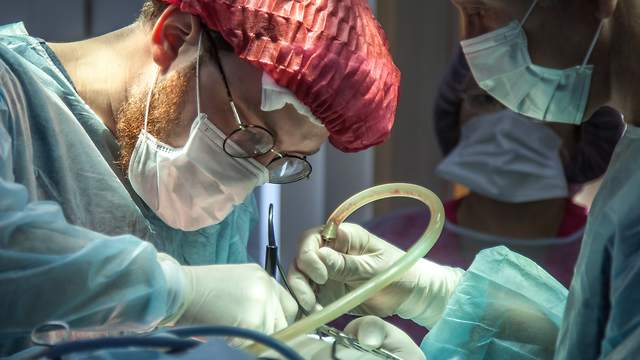Source: newswire.ne
Newswire.net — June 14, 2019) — Liposuction surgery, also commonly referred to as lipo, is a type of cosmetic surgery aimed at breaking up and sucking fat from the body. It’s often used in the abdomen, chin, neck, calves, back, thighs, upper and backs of the arms, and buttocks. The fat is removed by vacuum suction through a cannula (hollow instrument). So, what is liposuction surgery? Here are some of the facts, benefits and risks of the procedure.
What is Liposuction Surgery?
So, what is liposuction surgery? Liposuction is where fat is removed by vacuum suction through a cannula (hollow instrument).
What Is Liposuction?
People undergoing liposuction surgery will usually have a stable body weight but would like to get rid of undesirable body-fat deposits in specific body parts. It is neither a treatment for obesity nor an overall weight loss strategy. It’s mainly aesthetic but doesn’t remove any dimples, stretch marks or cellulite.
Only a limited amount of fat can be removed and the procedure alters the shape of the body as fat cells are permanently removed. Inherent risks of this plastic surgery procedure include scarring, numbness and infection.
Uses
Liposuction is primarily for aesthetic purposes and most people would probably achieve the same or even better results by adopting a healthy lifestyle. The procedure is normally advised to treat areas of fat that are resistant to diet and exercise. It is, therefore, crucial to discuss the benefits and drawbacks of liposuction with your doctor before deciding whether to go ahead with the surgery. The procedure works best for people with good skin tone and elasticity. People with blood flow or circulation problems such as diabetes, coronary artery disease or a weakened immune system shouldn’t undergo liposuction.
Benefits
Liposuction is normally performed for cosmetic reasons but it is sometimes used to treat conditions such as:
- Lymphedema (swelling caused by the excess collection of lymph in tissues)
- Excess weight loss after obesity
- Lipomas (benign, fatty tumors)
- Lipodystrophy syndrome (fat is lost in one part of the body and accumulated in another)
- Gynecomastia (accumulation of fat under a man’s breasts)
The Operation
Patients are required to undergo several health checks before they’re declared fit for surgery.
Risks
Any major surgery carries a risk of infection, bleeding or an adverse reaction to anesthesia. The risk of complications is usually associated with how large the procedure is, as well as the specific training and skills of the surgeon.
Results
The results of liposuction are rarely clear until the inflammation goes down. In some cases, inflammation may take up to several months before going down completely. Most of the swelling will settle after about a month, and the area where the fat was removed should appear less bulky.
Maintaining your weight will usually yield permanent results while gaining weight after the procedure may alter the distribution of fat in the body.
Bottom Line
So, what is liposuction surgery? In short, it refers to the removal of fat from specific areas of the body using a suction technique. For the best results, you need to consider carefully the benefits and drawbacks beforehand, choose a qualified and experienced surgeon, know what to expect and contact the practice to discuss the details carefully with your surgeon.
